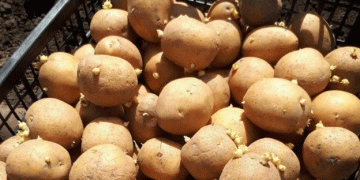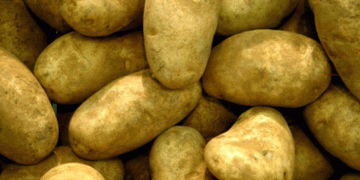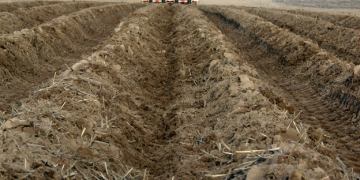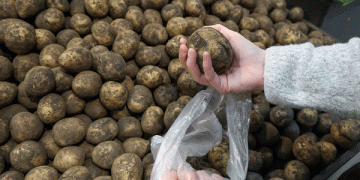Throughout the history of human development, agricultural production has remained a rather conservative economic direction. However, things have changed a lot in the last 5 years. In agriculture, the era of digitalization and automation of all processes begins. Many talk about the end of the “analog” period of development of agribusiness and the beginning of a revolution that heralds the advent of the era of precision farming.
Different sources give different definitions of this concept, which is gaining popularity, which can be simply considered crop productivity management using a combination of satellite and computer technologies.
The concept is based on the idea of the existence of heterogeneities within the agricultural area. To evaluate them, global satellite positioning systems (GPS, GLONASS, Galileo), special sensors, satellite and UAV images, programs for agricultural management based on geographic information systems (GIS) are used, taking into account local soil and climatic features.
The collected data is used for variable planting planning, fertilizer and plant protection application rates, more accurate yield forecasting and financial planning.
Directions for the development of precision farming systems
navigation systems, accurate positioning of tractors, autopilot and steering;
various solutions for effective interaction between the tractor and implement;
remote sensing of fields, obtaining satellite and aerial photographs;
development of technical and software solutions for differentiated application of seeds and agrochemicals;
analysis of data received from various sensors;
IoT platforms and applications for integrating and controlling data from sensors, equipment and other devices;
agro-robots and unmanned aerial vehicles for autonomous performance of various agricultural works.
Smart farming was born with the advent of GPS navigation for tractors in the early 1990s, and the adoption of this technology is now so widespread around the world that it is today the most common element of precision farming. John Deere was the first to implement this technology using GPS position data from satellites. A GPS-connected controller in the tractor automatically controls equipment based on field coordinates. This reduces steering errors and therefore overlaps and skips. In turn, this results in less seed, fertilizer, fuel and time.
Now the market for precision farming is booming. It will reach $12.8 billion by 2025, with a CAGR of 12.7% between 2020 and 2025, as predicted by MarketsandMarkets™ research group.
The development of the precision farming market is being stimulated by intensive agricultural mechanization, high labor costs due to a shortage of qualified personnel, a growing burden on the world food supply due to population growth, significant cost savings and government support in a number of countries.
For example, in Ireland, since 2014, the government program “Smart Farming” has been in place, according to which it is possible to implement various scenarios for using automated controls and applications to reduce costs and reduce harmful emissions. More than 2000 farms participate in it. After 3 years, savings in each of them amounted to an average of 5,000 euros, fuel consumption decreased by 10%.
Horsch and Trimble to Collaborate to Bring Autonomous Agribusiness Solutions
Changing weather conditions due to global warming trends are also pushing farmers to adopt advanced technologies to increase labor productivity and crop yields. Precision farming will transform the agricultural sector, making traditional business more efficient and predictable.
The COVID-19 pandemic has disrupted the supply chain in agricultural markets, so companies have become more focused on developing online platforms that allow real-time monitoring of crop yields and conditions, field mapping, irrigation planning and harvest management.
For example, last May SensoTerra launched new systems for analyzing field data in the cloud. Manufacturers can access real-time data through a web interface or smartphone app. The market is expected to grow profitably in the medium to long term.






